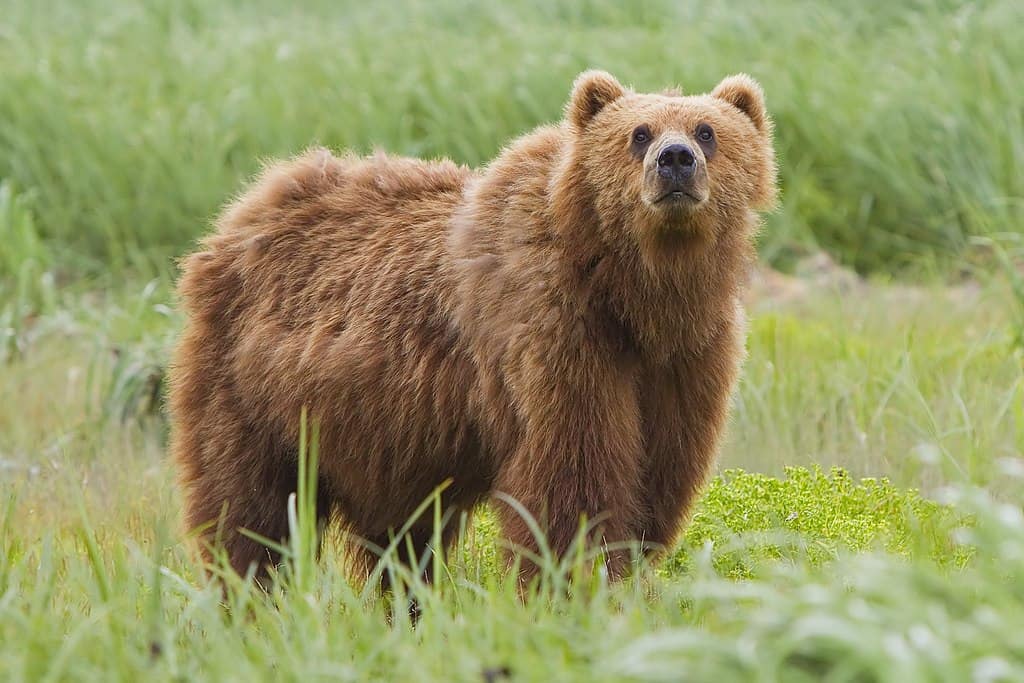Kodiak bears are among the largest terrestrial carnivores in the world, embodying the magnificence and power of wildlife. Among these giants, there have been reports of extraordinary individuals that dwarf their kin, captivating researchers and wildlife enthusiasts alike. This article embarks on an exploration of these colossal creatures, focusing on the largest Kodiak bear ever seen in the United States. Through a scientific and factual lens, we’ll delve into the background, characteristics, and significance of these magnificent animals.
Understanding Kodiak Bears

Kodiak bears (Ursus arctos middendorffi) are a subspecies of the brown bear and are native to the Kodiak Archipelago in Alaska. Known for their exceptional size, these bears are a keystone species, playing a crucial role in their ecosystem. They are primarily solitary animals, with each bear claiming a territory where it can forage and hunt for food.
Size and Weight
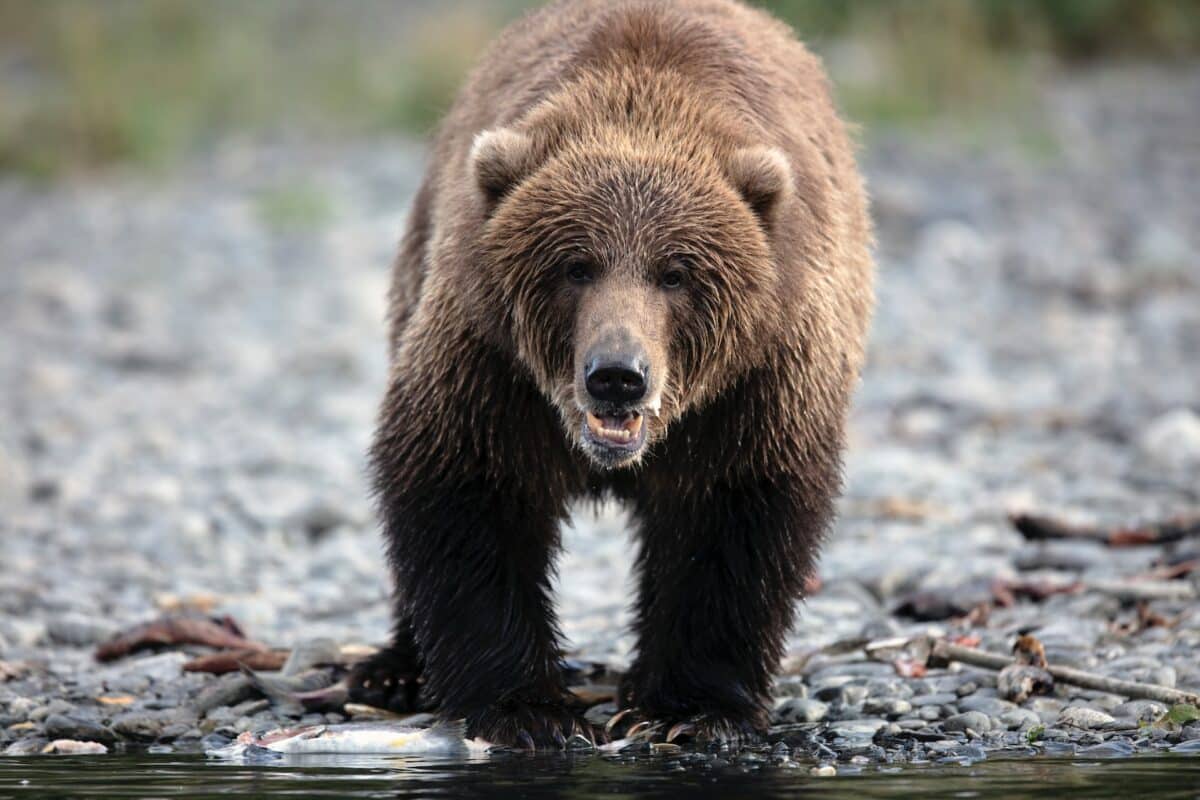
Male Kodiak bears typically weigh between 800 to 1,500 pounds, with females being smaller. However, extraordinary individuals have been known to exceed these numbers by significant margins. The largest documented Kodiak bear ever was recorded at a staggering 1,656 pounds, showcasing the potential size these animals can achieve under favorable conditions.
The Record-Breaking Kodiak Bear

The largest Kodiak bear ever seen was reportedly encountered on Kodiak Island itself. This giant was estimated to stand over 10 feet tall on its hind legs, an imposing figure that left a lasting impression on those who saw it. Its immense size was attributed to an optimal combination of genetics, an abundant food supply, and a healthy environment.
Significance in Ecology

As apex predators, Kodiak bears influence their habitats significantly. They help maintain the balance of the ecosystem by controlling salmon populations and dispersing seeds through their scat, which aids in plant growth. The presence of large individuals further emphasizes the health and vitality of their environment.
Diet and Feeding Habits
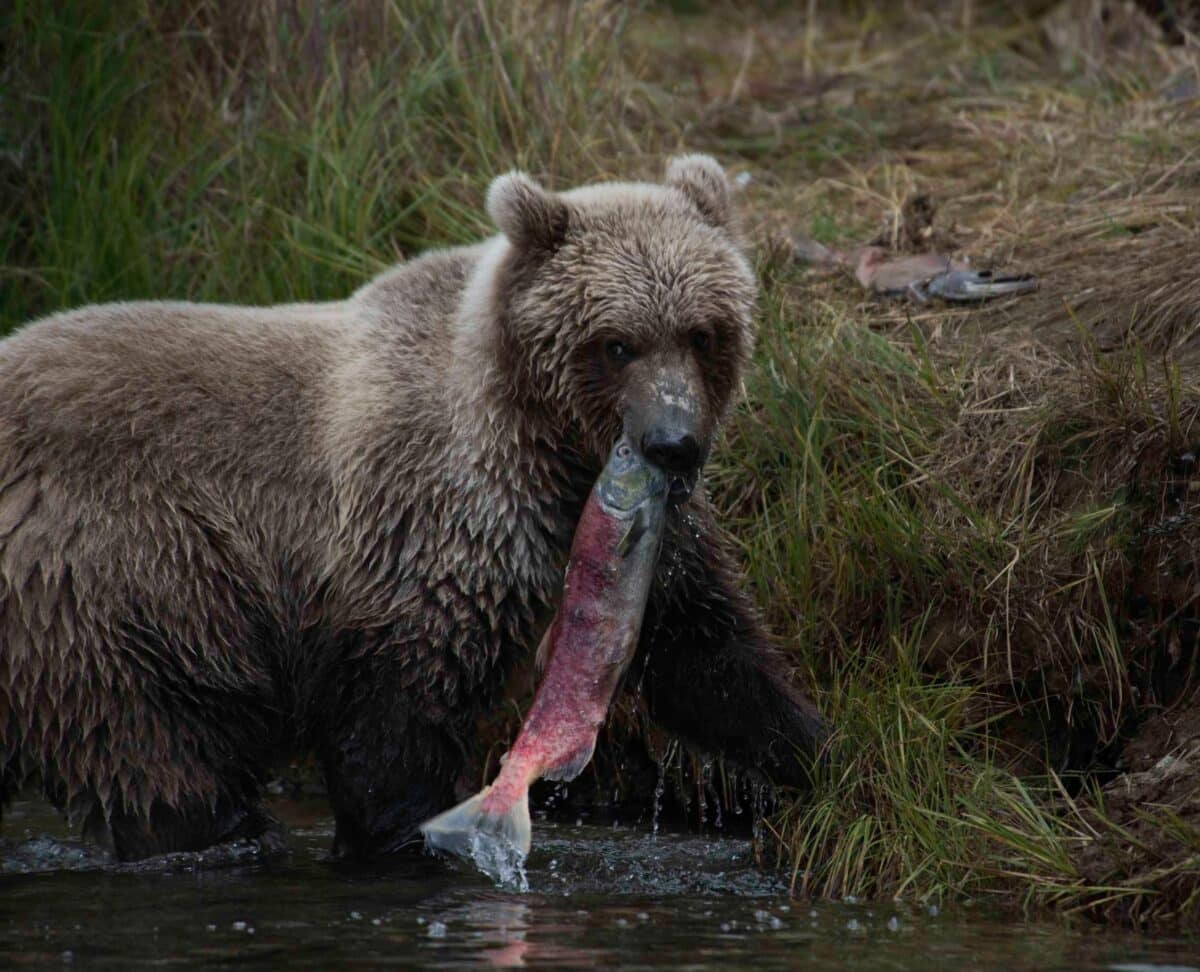
Kodiak bears have a diverse diet that includes fish, berries, small mammals, and carrion. During salmon runs, they consume large quantities of fish, storing fat for the winter months. The availability of nutrient-rich food sources like salmon plays a crucial role in enabling certain bears to reach extraordinary sizes.
Conservation Status and Concerns
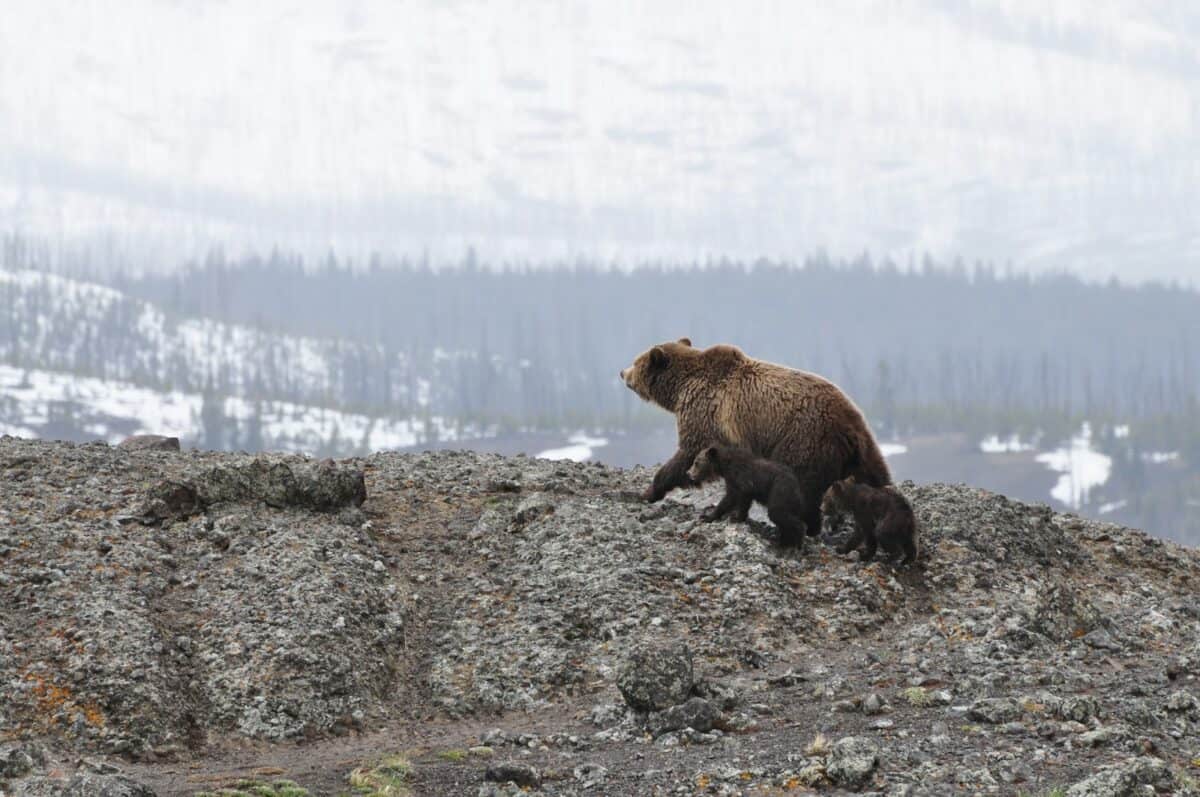
While Kodiak bears are not currently endangered, they face threats from habitat loss and climate change. Conservation efforts focus on preserving their natural habitats and ensuring sustainable salmon populations. Continued research and monitoring are vital to protect these majestic animals and their ecosystem.
Human Encounters and Safety
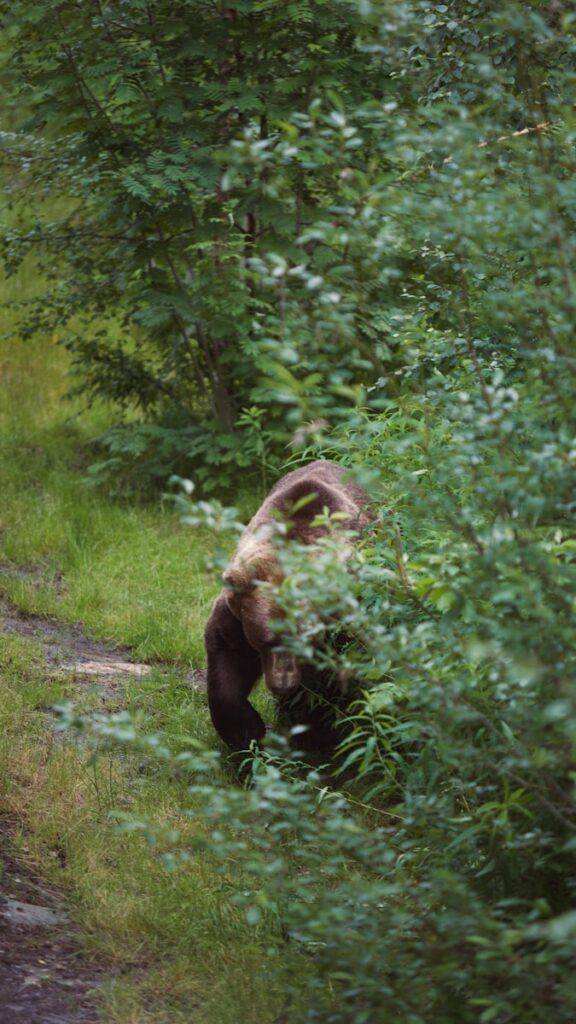
Encounters with Kodiak bears are rare but can occur, especially for those living or working near their habitats. It is crucial for humans to practice safety measures, such as storing food properly and maintaining a safe distance, to prevent negative interactions for both humans and bears.
The Role of Genetics in Size

Genetic factors play a significant role in determining the size of Kodiak bears. Large bears tend to pass their genes to their offspring, promoting the continuation of impressive size traits in the population. Studies on genetic diversity help in understanding how these traits are inherited and maintained.
Impact of Climate Change

Climate change poses a threat to the Kodiak bear’s habitat, potentially affecting food availability and habitat conditions. Changes in salmon runs due to warming temperatures and habitat alterations could impact the bears’ health and future populations.
The Cultural and Economic Importance

Kodiak bears hold significant cultural value for Indigenous communities and are vital to the local economy through ecotourism. These bears draw enthusiasts and researchers globally, contributing to economic sustainability while promoting wildlife conservation.
Research and Monitoring Efforts

Ongoing research and monitoring are essential for understanding Kodiak bear populations, their health, and their interactions with the ecosystem. Scientists utilize tracking, genetic studies, and ecological surveys to gather data and implement effective conservation strategies.
Future Prospects for Kodiak Bears

The future of Kodiak bears strongly depends on concerted conservation efforts and increased awareness of their ecological importance. By balancing human development and natural preservation, it is possible to secure a thriving future for these magnificent creatures.
In conclusion, the story of the largest Kodiak bear ever seen is a testament to the wonders of wildlife and the complexities of nature. These creatures exemplify the beauty and intricacy of ecosystems, reminding us of the importance of preserving our natural world for generations to come. Through concerted protection efforts, we can ensure that these giants continue to roam the Kodiak Archipelago, inspiring awe and respect in all who have the privilege to witness them.
- The Largest Kodiak Bear Ever Seen in the US - August 12, 2025
- The Most Terrifying Tsunamis That Changed the World - August 12, 2025
- The Incredible Ability of Some Animals to See Ultraviolet Light - August 12, 2025

